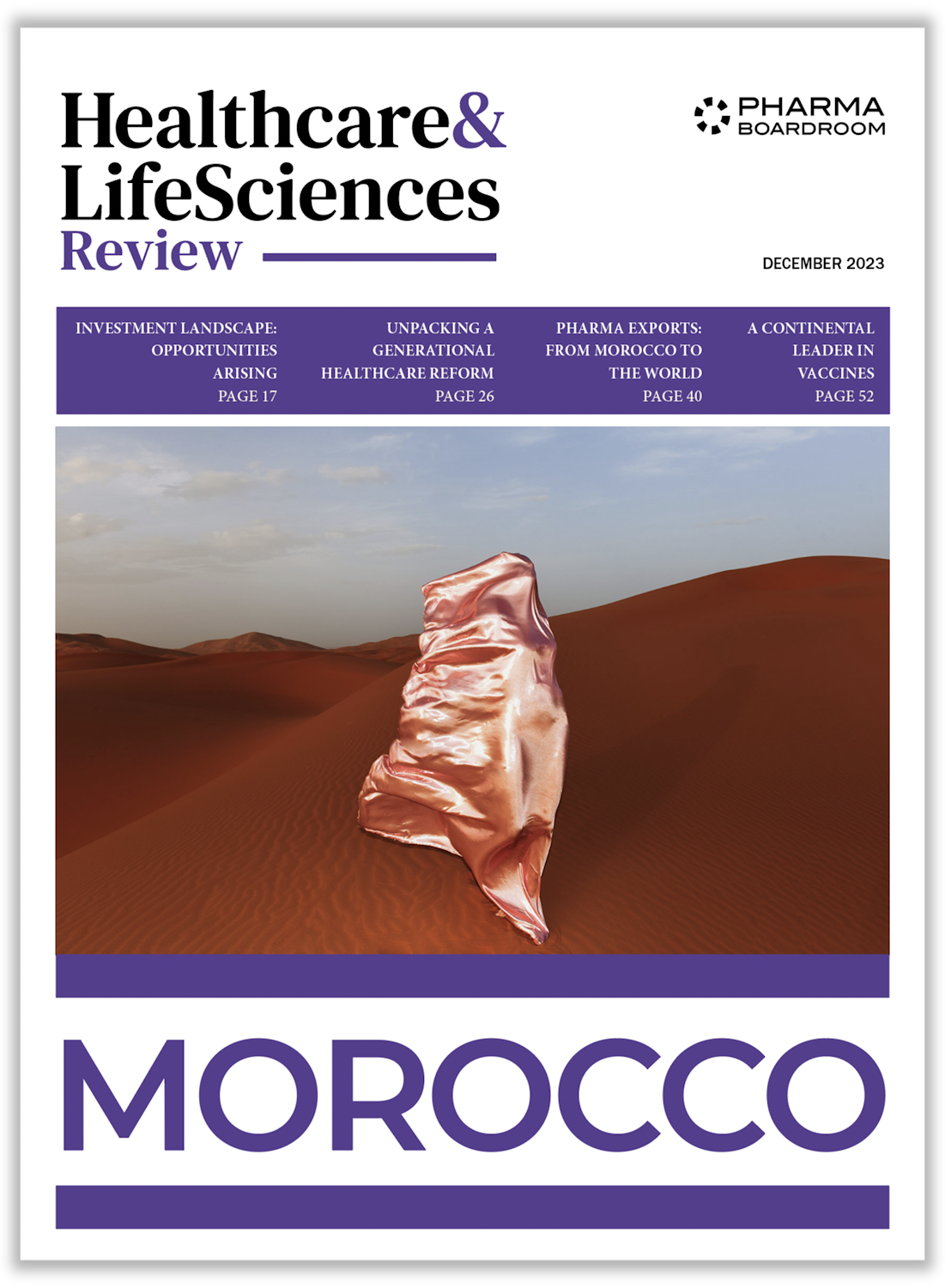Global pharma has been stepping up M&A activity in Asia while also looking to access Asian markets through local partners and tap into the region’s huge growth potential. As a result, the role of Business Development (BD) at international pharma companies has evolved. In a recent PharmaBoardroom interview, Servier’s Asia BD Head Cynthia Xin Wang discusses the increased responsibilities of pharma BD professionals in the region.
As market dynamics shifted, BD evolved to encompass earlier stages of the value chain, and also participate in contract negotiation and due diligence
Localizing BD
Global life sciences dealmaking made somewhat of a comeback last year, with the M&A spend rising to USD 191 billion in 2023, up 34 percent from 2022. Within this surge of activity were some major deals between global pharma and Asian companies like AstraZeneca’s acquisition of Gracell for USD 1.2 billion and Bristol Myers Squibb’s USD 800 million agreement with Chinese biotech SystImmune.
International players also continue to look to local partners to access Asia’s vast markets and leverage the region’s enormous growth potential. Consequently, multinational companies have been lending more importance to their BD activities in the region and relocating roles typically based in the US or in their company headquarters.
“The presence of a BD role for Asia based in China marks a departure from the conventional setup often seen in the pharmaceutical industry,” says Xin Wang. “Initially, BD in China primarily involved managing global agreements implementation locally, ensuring compliance, and overseeing standards. However, as market dynamics shifted, BD evolved to encompass earlier stages of the value chain, and also participate in contract negotiation and due diligence.”
For Xin Wang the transformation began in 2010 when “a significant shift occurred with the emergence of partnerships between multinational companies and Chinese Contract Service Organizations (CSOs), aiming to leverage local capabilities for broader market penetration.” Moreover, joint ventures, such as the collaboration between Pfizer and Hisun, “underscored the strategic imperative to access diverse markets and foster innovation,” she asserts.
The transformation was further reinforced with the advent of volume-based procurement in 2015-2016, which “prompted BD to diversify its approach, exploring partnerships with digital and hyper-combination experts to boost sales,” Xin Wang affirms.
Policy Reforms and the Return of Skilled Professionals
For Xin Wang, BD’s changing role in Asia, and particularly in China, also has its origins in the significant policy reforms initiated by China’s National Medical Products Administration (NMPA). “These reforms were necessitated by past governance issues, exemplified by the incarceration of former officials, signifying a paradigm shift towards a more conducive environment for innovation.”
Servier’s BD lead also points out that increased investments in healthcare and the return of skilled professionals to the region “armed with global best practices,” also accelerated the momentum, while “China’s ascent to becoming the second-largest pharmaceutical market by around 2017-2018 bolstered confidence and investment in local innovation initiatives.”
In Xin Wang’s view, all of these factors came together and have gained momentum over the past two years, something she has seen for herself. “Having served in various BD roles, including Alliance Manager and BD Manager for multinational pharmaceutical giants like Pfizer & J&J, I witnessed firsthand the evolution of BD practices tailored to the Chinese market dynamics. Strategic endeavors such as licensing agreements for vaccines and collaborations with local partners aimed at enhancing sales productivity underscored the adaptability and responsiveness of BD strategies to local exigencies.”
Asian BD not limited to Big Pharma
Big Pharma may get the headlines for its major deals with Asian partners like Sanofi’s collaboration agreement with Shanghai Pharma, but midcaps like Servier have also jumped into the game. “Joining Servier amidst this transformative phase, I witnessed firsthand the company’s concerted efforts to enhance its competitive edge by leveraging external assets and programs,” says Xin Wang. “This approach proved fruitful, as evidenced by the successful execution of numerous licensing deals, including a longstanding partnership with Sinopharm.”
Apart from enhancing market penetration, Servier’s local partnerships have also make a significant contribution to the company’s overall performance. “Alliances executed prior to 2019 collectively accounted for 12 percent of Servier’s operations in China, highlighting their substantial contribution to the group’s global endeavors.”
In addition, strategic partnerships, such as the one established with the Japanese company Taiho in 2015, have helped Servier transition to its current emphasis on oncology. “This shift has been facilitated by a series of strategic alliances and licensing agreements, underscoring the pivotal role of partnerships in driving innovation and expanding therapeutic offerings in the oncology space.”
To further build its oncology portfolio, Servier is looking to China. “Within China, we have observed a convergence of research and development efforts towards oncology, positioning it as a focal point for both domestic and international biotech endeavors,” she claims. “Our priority lies in sourcing late-stage assets in China to enrich our global pipeline, emphasizing collaboration and partnerships across Asia.”
Acquisitions Landscape Still Green
Many Chinese biotechs are in advanced stages of development with products in phase two or three trials, but as Xin Wan points out, “despite the advanced stages of development and promising pipelines of many Chinese biotech firms, substantial acquisitions have been notably absent.”
The BD executive explains that prior to the pandemic, many Chinese biotechs were primarily focused on in-licensing, leveraging external innovations and incubating them through development stages, yet “they often lacked the ambition or infrastructure for full-fledged commercialization efforts.”
Cooling investment sentiments prompted companies to reevaluate and streamline their operations. “As a result, there has been a trend of divestment, with companies shedding non-core assets to refocus on core competencies and accelerate development processes. This strategic realignment, while prudent for the companies involved, has contributed to an environment where commercial assets are underutilized or undervalued.”
For Xin Wan, there are still many unique opportunities for strategic collaborations and investments. “Collaborating with Chinese commercial assets or partnering with tech innovators to expedite development processes and enhance regulatory strategies has emerged as a viable option. Additionally, the current market conditions, characterized by significantly low valuations, present an opportune moment for strategic investments in promising biotech ventures.”



